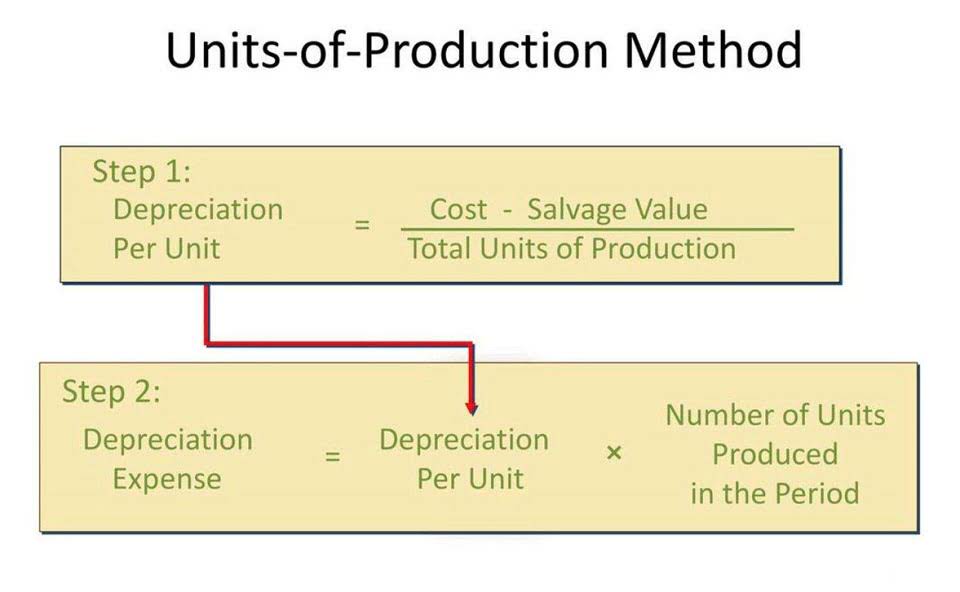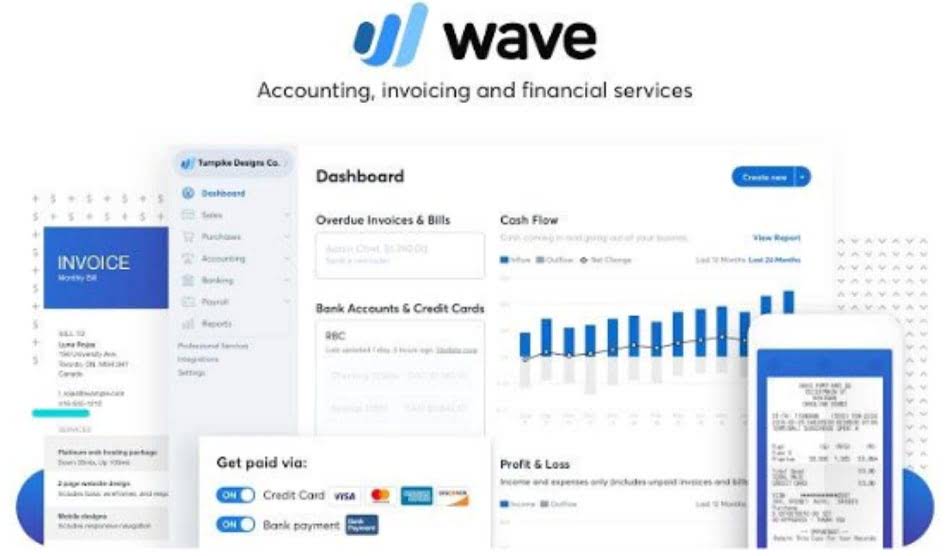
The accuracy of these classifications directly impacts a company’s asset valuation and, consequently, its market valuation. A merger model is a merger model is a merger model no matter how the company earns revenue, so nothing changes the fact that you need to combine all 3 statements, allocate the purchase price, and factor in synergies, acquisition effects, and so on. There’s surprisingly little to say about https://www.bookstime.com/ merger models and LBO models in the oil & gas industry. It is widely used in oil, gas, mining, and other commodity-based sectors, and it often produces more accurate results than the standard DCF analysis.
- Gran Tierra disclaims any intention or obligation to update or revise any forward-looking statements, whether as a result of new information, future events or otherwise, except as expressly required by applicable law.
- Given the sector’s complexity, accurate accounting is crucial for compliance, investment decisions, and operational efficiency.
- These costs are recoverable from the production, known as “cost oil,” once commercial production begins.
- For depreciation and amortization, companies must determine the useful life of the asset and select an appropriate method, such as straight-line or units-of-production, to allocate costs systematically over time.
- The principle outlines when and how to recognize revenue from the sale of goods or services.
- So let’s say that a company has 12,000 billion cubic feet (12,000 Bcf) of natural gas in its reserves and produces 500 billion cubic feet (500 Bcf) annually.
Revenue Recognition
Factors such as the type of crude oil, its sulfur content, and the presence of natural gas liquids can significantly influence the economic value. Additionally, external factors like oil prices, technological advancements, and regulatory changes play a pivotal role in reserve valuation. Financial models often incorporate oil and gas accounting scenarios to account for these variables, providing a range of potential outcomes. Explore essential principles and practices in oil and gas accounting, from revenue recognition to asset impairment and taxation. That “dry hole expense” I mentioned above is another name for unsuccessful exploration, and some companies actually add it back on their cash flow statements (long story, but essentially they are using a mix of both standards).
Welcome to Gallo & Company, CPA’S, LLP
For purposes of this tutorial, we’re going to focus on Upstream, or E&P (Exploration & Production) companies because those are the most “different” from normal companies – and they’re the most common topic in interviews. One of the primary objectives of leases project is to address the current-off-balance-sheet financing concerns related to a lessee’s operating leases. PwC is a global leader in providing custom Oil and Gas Benchmarking services to fit the needs of our clients. Harrison is very involved with the University of Tulsa, where he earned a degree in MIS and Accounting.
Historical Cost Principle
We would like to take this opportunity to welcome our new shareholders in Gran Tierra and look forward to engaging with, and updating them on the Company’s strategy in the coming months. We look forward to the integration of our teams and are confident the combined company will have top tier technical and operational skill sets across a broad portfolio. We partner with Farmers National Company, one of the country’s largest independent mineral management firms, to manage all of your mineral assets. Our professionals have a comprehensive understanding of the industry’s challenges because we’ve confronted them ourselves, with many previously holding prominent positions with influential oil and gas companies.

How Does the Oil and Gas Industry Work?

The revenue recognition guidance outlined in ASC 606 has changed the process by which principal-agent relationships are determined by emphasizing the concept of control. If the transfer of control occurs after shipment, any shipping costs paid by the seller are not treated as a separate promise to the customer. The company is effectively transferring its own goods and does not create a separate retained earnings balance sheet performance obligation for these activities. All revenue related to the contract would be recognized when the goods are delivered, and control has been transferred.
Impairment and valuation considerations
- Depreciation involves the systematic allocation of the cost of physical assets, such as drilling rigs and production facilities, over their useful lives.
- Adherence to financial reporting standards is paramount in the oil and gas industry, given the sector’s complexity and the significant financial stakes involved.
- Any actual difference comes down to an individual company’s overall business processes and how they meet their customers’ needs.
- These long-term contracts usually specify the amount of commodity to be delivered and the transaction price.
- To get a real world example of this NAV model, click here to view a sample video on how to set up the revenue side in a NAV analysis for XTO Energy.
You do still see DCFs sometimes, but they are more common for midstream, downstream, and oilfield services companies. The good news is that most of the same valuation methodologies you’re used to seeing – public comps, precedent transactions, and even the DCF model – still apply to (most) oil, gas & mining companies. The good news is that while bank and insurance modeling is almost a different game entirely, oil & gas modeling is more like a variation on a game you’re already familiar with. When there are conflicts between different accounting principles or methods, a hierarchy exists to guide the selection of the most appropriate principle. Information is considered material if its omission or misstatement could influence the economic decisions of users. While encouraging, readers are cautioned not to place reliance on such rates in calculating the aggregate production of Gran Tierra.


Upstream O&G companies routinely partner with other firms when extracting natural resources. The entities in these joint arrangements share the output from the site, and each party is free to sell or use its portion of the output as desired. Although the contractual agreement dictates the ownership split of the field’s total output over the life of the project, the output extracted by each partner may not align perfectly with his or her ownership percentage. The differences between an entity’s ownership percentage and its share of output are called production imbalances.
Successful Efforts vs. Full Cost
Production Sharing Contracts (PSCs) are a prevalent arrangement in the oil and gas industry, particularly in regions where governments seek to retain ownership of natural resources while leveraging the expertise and capital of private companies. Under a PSC, the state grants an oil company the right to explore and produce hydrocarbons in a specific area, with the understanding that the company will recover its costs and share the remaining production with the state. One of the key aspects of joint venture accounting is the use of joint interest billing (JIB) statements. These statements provide a detailed breakdown of costs incurred and revenues generated, which are then allocated to each partner based on their ownership percentage. Accurate JIB statements are essential for maintaining transparency and trust among joint venture partners. Companies often employ specialized software like Quorum Joint Venture Accounting or P2 BOLO to manage these complex transactions, ensuring that all parties receive timely and accurate financial information.

Production Sharing Arrangements (PSAs)
Gran Tierra’s reported production is a mix of light crude oil and medium and heavy crude oil for which there is not a precise breakdown since the Company’s oil sales volumes typically represent blends of more than one type of crude oil. Well test results should be considered as preliminary and not necessarily indicative of long-term performance or of ultimate recovery. Well log interpretations indicating oil and gas accumulations are not necessarily indicative of future production or ultimate recovery.
